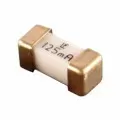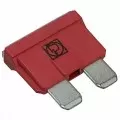OUTLINE:
Car Fuse Types & Their Functions
 258
258Hey friend, let's talk about the thing in the car - the circuit system. You know what? The small fuse inside is like a superhero guarding the car!
They have to ensure that the car runs smoothly and safely, just like being a bodyguard for your beloved car.
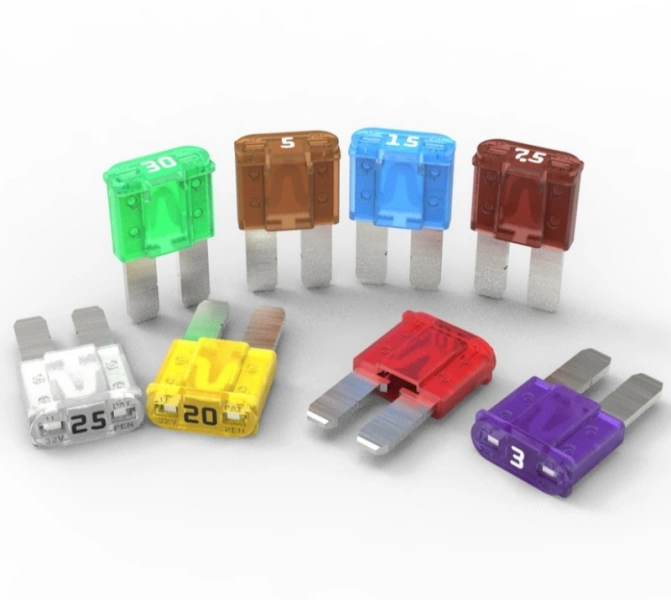
Image Source: Littelfuse.com
Imagine those fuses are like gatekeepers of the circuit system. They stand there, on the one hand, watching over the important components and not letting them go wrong; On the other hand, you also need to keep an eye on the circuit at all times to prevent excessive current from burning out anything. So, these fuses are really super important!
So, what car fuse types do we have in our cars? What do they all do? Don't worry, I'll tell you one by one now. Also, if you want to know how to find the right fuse for your car, I'll tell you a little trick to make sure you can learn it right!
A Quick Review:How to define a car fuse
Car fuses are like little bodyguards for circuits. It needs to prevent excessive current or short circuit, otherwise the parts in the car may be damaged and may even 'ignite'.
Every car fuse types has a 'power limit', just like how much weight you can lift when carrying something. If the current exceeds the limit, the fuse will "pop" and break, just like turning off a faucet, to prevent the electricity from running around and protect the safety of the car.
These fuses are all housed in a small box, some under the hood and some near the dashboard inside the car. They look like small candies, with a metal core inside and a plastic or glass coating on the outside, quite sturdy.
What Does a Fuse do in A Car
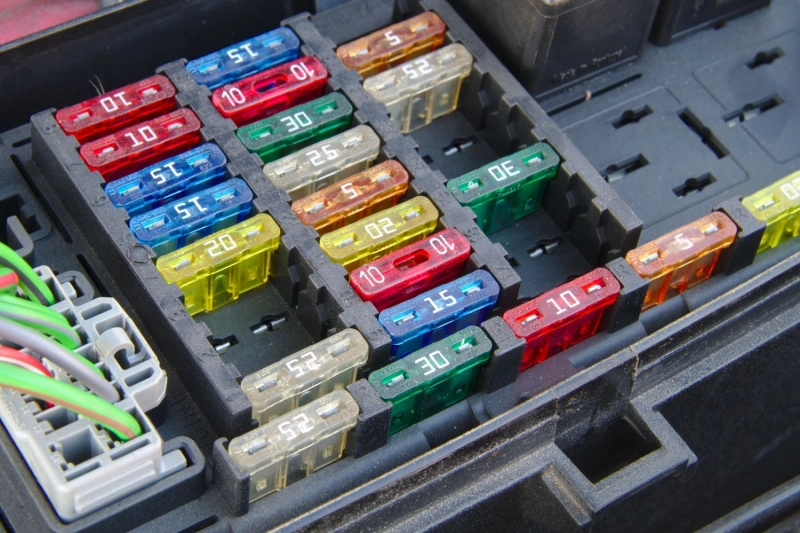
Image Source:Carparts.com
A fuse in a car is kind of like a safeguard for the electrical system. Think of it as a gatekeeper that protects your car’s wiring and important components, like the headlights, stereo, and even the engine computer. Its main job is to make sure that none of these parts get fried by too much electricity. So, if there's a sudden spike in electrical current—maybe because of a short circuit or a malfunction—the fuse "blows," meaning it breaks the connection and stops the flow of electricity. This prevents any serious damage to your car.
When a fuse blows, it’s basically a sign that something went wrong. The great thing about fuses is that they’re super easy and cheap to replace. You just pop out the old one and stick in a new one of the same type and rating. Each fuse is designed for a specific amount of electrical current, so you want to make sure you replace it with the right one. Without fuses, your car's electrical system would be at constant risk of overheating, which could lead to damaged components or even fires.
In short, the fuse is like a little protector that makes sure the electrical parts of your car stay safe and don’t get overloaded.
Uncover Car Fuse Types [In Detailed]
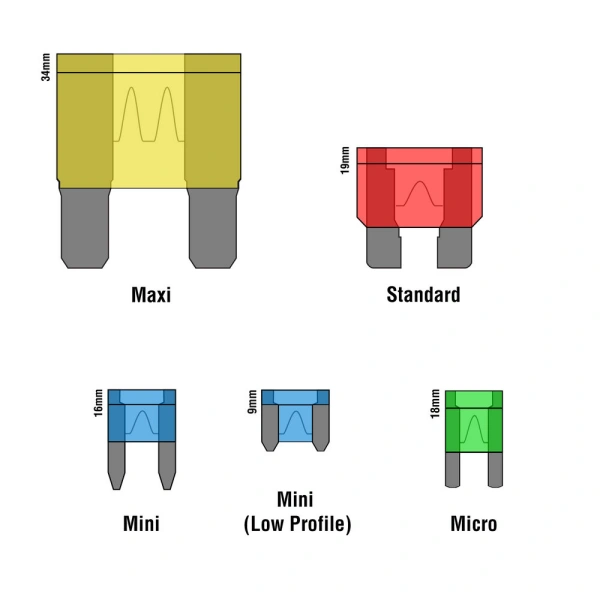
Image Source:Grdian.com
1. Plug in fuse
This is the most common fuse in the car, which looks like a small plastic piece with two pins inserted into the fuse box. Different colors represent different current sizes for easy identification.
Mini plug-in fuse: smaller than ordinary plug-in fuses, suitable for small circuits.
Miniature plug-in fuse: smaller in size, used in the latest models to save space.
2. Glass tube fuse
This type of fuse is cylindrical, with glass on the outside and metal caps on both ends. I used to use it more often, but now it's rare. The metal wire inside will melt when overcurrent occurs, protecting the circuit.
AGC fuse: It has a particularly fast response and protects sensitive equipment.
MDL fuse: The response is slightly slower, suitable for places where the current occasionally fluctuates.
3. Cylindrical fuse (PAL fuse)
This type of fuse is larger than a plug, like a small tube, suitable for circuits that require high current, such as power windows or heaters.
Low profile cylindrical fuse: smaller, suitable for new cars with limited space.
High end cylindrical fuse: larger, protecting systems that require high power.
4. Bosch fuse (bullet fuse)
This type of fuse has a small bullet like shape and was commonly seen in some European cars, such as the old BMW or Mercedes Benz. It's not very common now, but it may be on old cars.
5. Maxi fuse
This is a large plug-in fuse used for high current systems, such as generators or high-power equipment. Usually placed under the hood to protect these high-power circuits.
6. ANL and ANN fuses
These fuses are highly resistant to high currents and are often used near batteries or generators. Suitable for systems that require high current, such as modified car audio or lighting.
7. JCASE fuse
This type of fuse is compact but can withstand high currents, and is used for power windows, power steering, etc. Smaller than Maxi fuses, but very powerful.
8. Current limiting fuse
This type of fuse is used in circuits with high current, such as commercial vehicles or industrial equipment, to protect the main electrical systems.
9. Variants of plug-in fuses (low type mini, low type mini)
Some small fuses used in modern cars are smaller in size and suitable for compact spaces.
How to choose a fuse?
When replacing a fuse, choose the same current value and type as before. Using a smaller fuse can easily break, while using a larger one may not protect the circuit properly.
By understanding these different types of fuses, you can better solve circuit problems in your car and ensure safe operation of the vehicle!
FAQs: How Do you Tell if A Car Fuse Is Blown
It's easy to check if the car fuse is burnt out. Firstly, you need to find the fuse box, which is usually located in the engine compartment or under the dashboard in the driver's cabin. The specific location can be found in the owner's manual. After finding it, don't rush to touch the fuse inside, turn off the car's power first.
Next, put on gloves (safety first if you have them), use a fuse puller (or flat head screwdriver, but be careful not to hurt your hands or the fuse box), and gently pull out the fuse you want to check. Pay attention to whether there is a broken metal part on the fuse, or if there is a transparent plastic part in the middle that has been burned black or brown. If you see this situation, it's basically a blown fuse.
If there is no obvious disconnection or discoloration, but you still suspect there is a problem, you can use a test light or multimeter to test whether the two ends of the fuse are energized. If the test results show no power, then the fuse is also broken.
Finally, remember to replace the fuse with a new one of the same specifications. Don't use the wrong model, otherwise it may burn out again or cause other problems. After replacing it, try again to see if the original problematic function has been restored to normal.
How to Test A Car Fuse [Extra Question]
To test a car fuse, you first need a multimeter, which can help you tell if the fuse is broken.
The first step is to turn off the power of the car, safety comes first.
The second step is to find the fuse box, which is either under the engine hood or hidden at your feet on the dashboard. Look at the car owner's manual, it must have written it.
Step three, identify the fuse you want to test, they all have numbers or colors, don't make any mistakes.
Step four, use a small clip (fuse extractor) or flat head screwdriver to gently remove the fuse from that hole. Remember to be steady and don't break it.
Step five, take out your multimeter and adjust it to the resistance measurement gear, which has a small Ω symbol. Then place the two heads of the multimeter on either end of the fuse. If the multimeter shows a little resistance, it means the fuse is good. But if it displays' no way 'or the resistance is particularly high, then the fuse will burn out.
Step 6: If the fuse really breaks, you should replace it with a new one. Remember to buy an identical one.
Finally, remember not to touch those metal wire ends with your hands when handling these, otherwise it may electrocute you. If you feel like you can't handle it, then find a knowledgeable friend or go to a car repair shop.
Final Verdict
In short, You need to know what kind of fuses are in cars and what their uses are. Whether it's a thin blade type, a transparent glass tube, or a large high current fuse, one must have a clear idea in mind. This way, you can equip every circuit of the car with the most suitable fuse. Regularly checking them is like giving a car a physical examination, which can prevent circuit problems and make the car drive smoother and safer.

Disclaimer: The views and opinions expressed by individual authors or forum participants on this website do not represent the views and opinions of Chipsmall, nor do they represent Chipsmall's official policy.

share this blog to:


